Why Letter of the Week Curriculum Isn’t Effective
Disclosure: This post contains affiliate links to Amazon. For more information, please see my disclosure.
Do you use Letter of the Week curriculum? I’ve used it in the past and while it does have some benefits, it’s not my first choice.
The concept is great…children will learn a letter every week and then at the end of 26 weeks, they will know all the alphabet letters! But the reality is, most children aren’t going to magically know the alphabet letters after 26 weeks. In my opinion, Letter of the Week (LOTW) curriculum isn’t effective.
Children learn from repeated exposure over time and they learn at their own pace. It doesn’t always happen in a straight line as we want it to.
After reading a book called No More Teaching a Letter a Week by Rebecca McKay and William H. Teale, it really convinced me that there was a more effective way to teach kids. (I highly recommend reading this short book if you are interested in learning more!)
I know LOTW curriculum is really popular. In the book, they said that an online search of this reveals 144 million sites that offer resources that teach this.
Before I go any further, I want to say I’m not writing this post to make you feel bad if you do use this method, I’m writing it to reveal an alternative to Letter of the Week curriculum. After writing about this to my email subscribers, I had so many responses from wonderful teachers and they shared what they do in the classroom. Many of them use LOTW curriculum, but supplement with more activities. If you only do a short lesson on each letter each week, with no review over the letters, then you may want to rethink your strategy.
Why Letter of the Week Isn’t Effective
1. The instruction is too isolated
Usually, a LOTW curriculum spends a week teaching one letter using things like songs, crafts, worksheets, books, and themed snacks. For example, if it was a week for letter B, you may do a bear craft, read books about bears, create a snack that looks like a bear, etc.
A lot of LOTW curriculum quickly goes through letters. They may only have one week per letter and don’t spend a lot of time reviewing. For some children, they only need to be taught one time and this works great, but for most kids, they need repeated practice learning letters.
2. The activities are cute but time-consuming
I’m sure you’ve seen or used cute letter crafts, but do they really teach children letters? I’m sure it does help some kids recognize letters and works on fine motor skills, but for how much time it takes to prepare the materials (especially for an entire class), I don’t think it’s worth it. In my opinion, it’s a lot of work for not much return. If you love these types of crafts and have time, then you go for it. I just believe there are easier and more effective activities.
3. Not every letter requires the same instructional attention
Some letters have multiple sounds, are harder to recognize or learn to write, and need more time on it. Most kids can recognize O, B, X, and A, but when it comes to lowercase letters b and d, it’s more challenging.
There shouldn’t be just one week per letter. Instead, I believe in teaching multiple letters in cycles and spending more time on more challenging letters.
Learning the alphabet is not always easy: the English alphabet comprises forty different shapes! That’s a lot for kids to learn!
Alternatives to Letter of the Week Activities:
I used Letter of the Week curriculum with my two oldest boys in preschool. It’s all I knew how to do, so I figured it worked. When I realized the letters weren’t really sticking with them, I switched it up and used multisensory activities to help them learn the letter and sounds. That’s when it began to stick with my kids. They didn’t do well with worksheets, they needed sensory play, games, and hands-on activities.
In the book, No More Teaching a Letter a Week, researchers examined learning letter names and found these conclusions:
- A child is very interested in learning the letters that make up their own name.
- When learning letters in alphabetical order, children are able to recognize the first half of the alphabet more easily than the second half.
- If a child knew their uppercase letters, they were sixteen times more likely to know the lowercase of that same letter. (Especially if the lowercase appearance was similar to the uppercase letter.)
- Research tells us there’s no one perfect sequence of instruction for alphabet knowledge.
Here are some ideas for teaching the letters with a multisensory approach:
- sensory bins – this one is AWESOME and there are so many ideas! You could just fill a bin with rice, add in some magnetic alphabet letters and have your child find the letters.
- tactile letter cards – having kids FEEL the shape of the letter helps them with identifying and learning how to write the letters. I’ve done homemade cards and used sandpaper letters.
- writing trays – spread salt in a tray and practice writing and identifying alphabet letters
- alphabet books – there are so many awesome books focused on letters
- alphabet chart – on an anchor chart, write an alphabet letter at the top. Then ask your students to identify items in the room that begin with that letter. Write them down and as you write it, draw students’ attention to the initial sounds. (i.e. D-d-d-door. What sound do you hear at the beginning of door?)
I wrote a preschool curriculum called Home Preschool Made Easy and it is an alternative to using Letter of the Week curriculum. This allows children to learn alphabet letters, math concepts, motor skills, the arts, and more through a variety of activities.
Instead of teaching one letter per week, you teach alphabet letters in cycles so they get repeated exposure.
Here’s how the curriculum is set up:
1st cycle – learn uppercase letter names (in alphabetical order)
2nd cycle – introduce writing uppercase letters, starting with the easiest ones to write
first- L F E H T I (straight lines)
second – U C O Q G S J D P B R (curved lines)
third – K A M N V W X Y Z (slanted lines)
3rd cycle – learn lowercase alphabet letters, starting with easiest ones
first – c o s v w t (like their capitals)
second – a d g (high-frequency letters and starts with ‘c’ formation)
third – u i e l k y j
fourth – p r n m h b (starts with line down)
fifth – f q x z
4th cycle – introduce letter sounds
first – b d j k p t y z (sound at beginning of letter name)
second – f l m n r x (sound at end of the name)
third – h q w y (no letter name – letter association)
fourth – c g s (more than one sound)
fifth – a e i o u (long and short vowel sounds)
Learning the child’s name is a big focus of the curriculum and the first week of lessons begins with this.

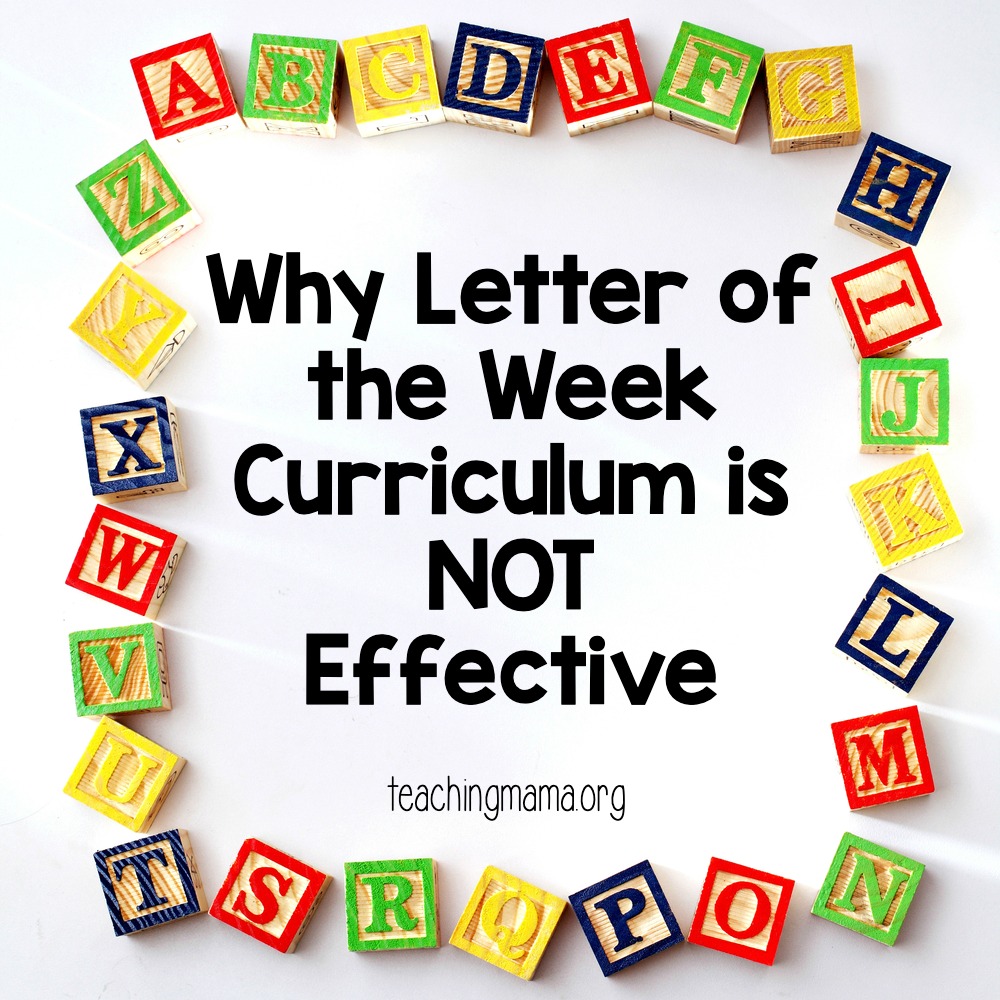
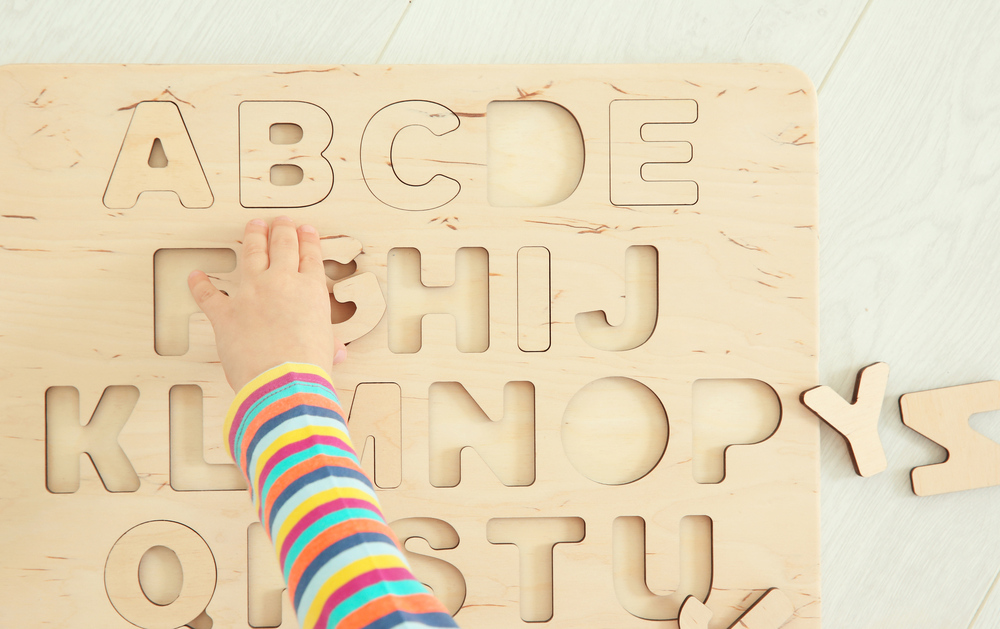
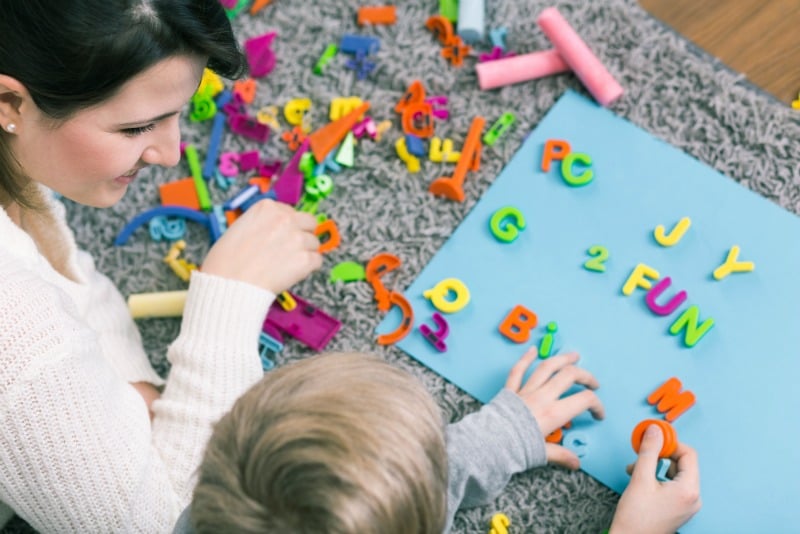
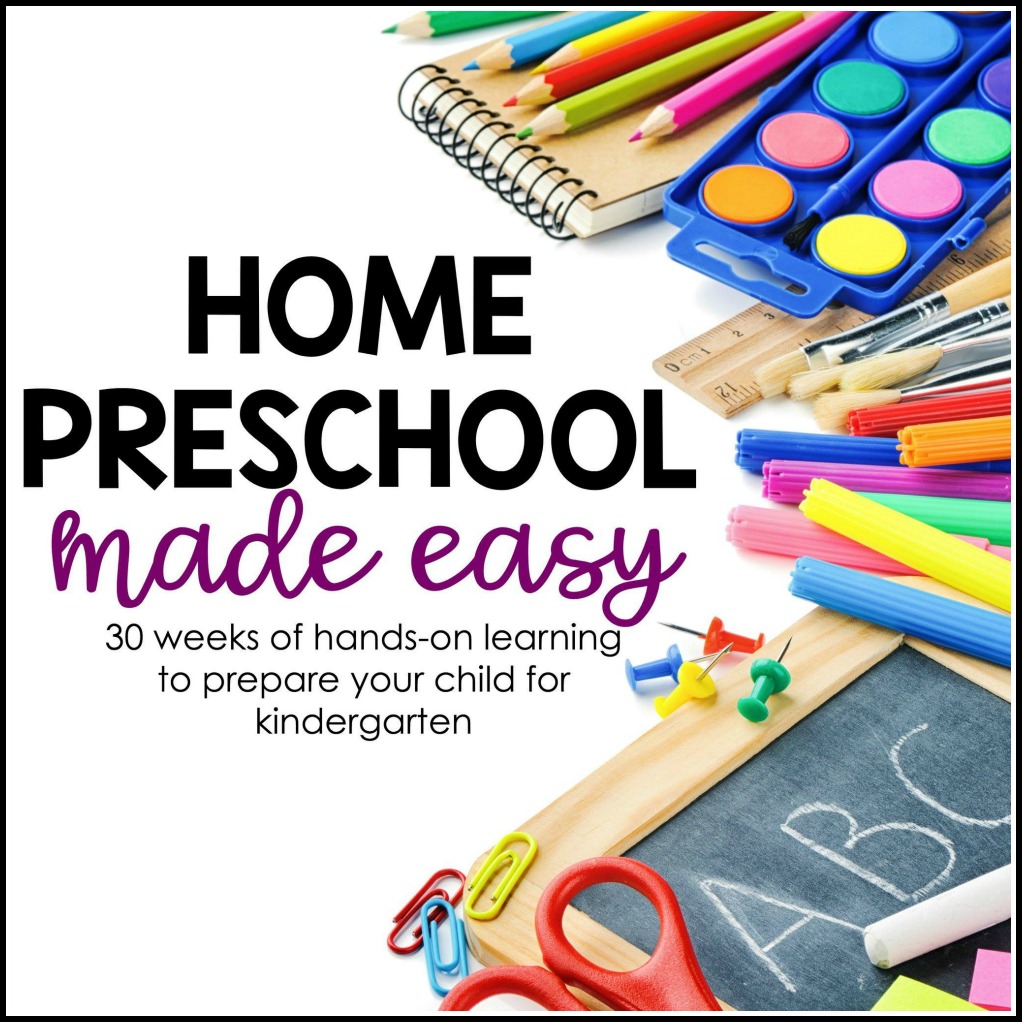
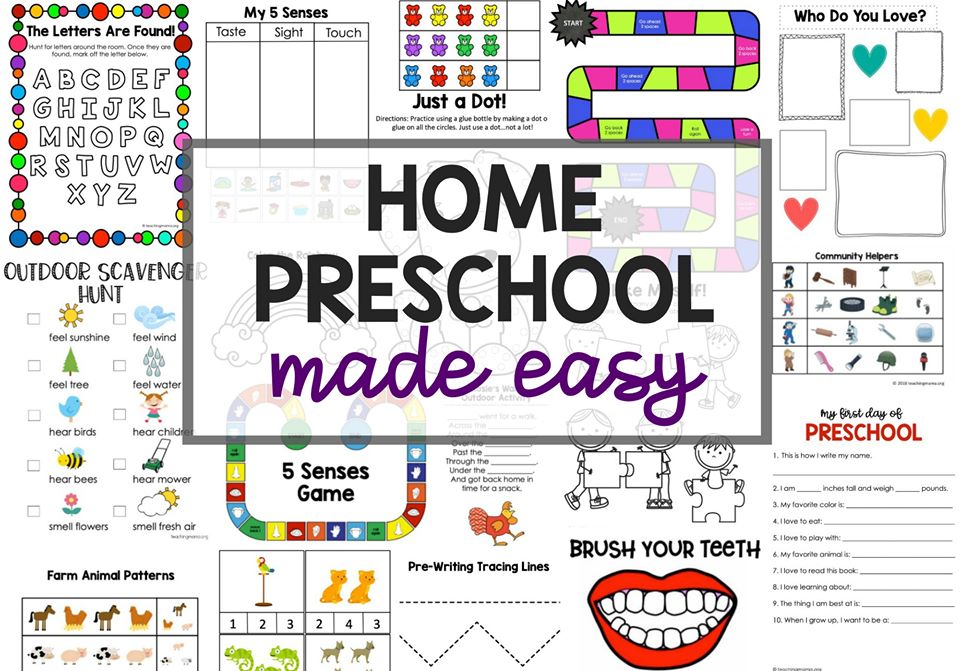
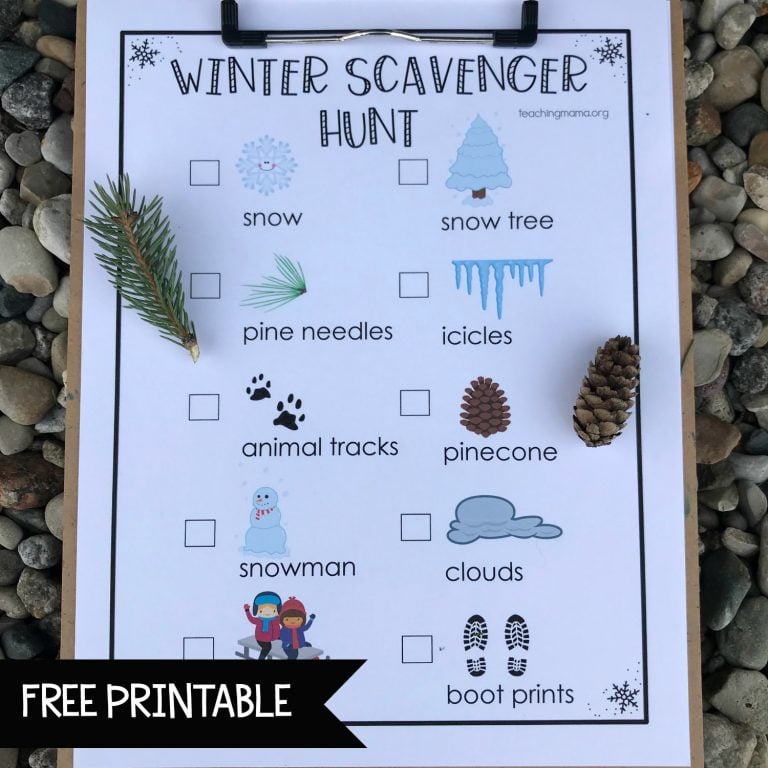
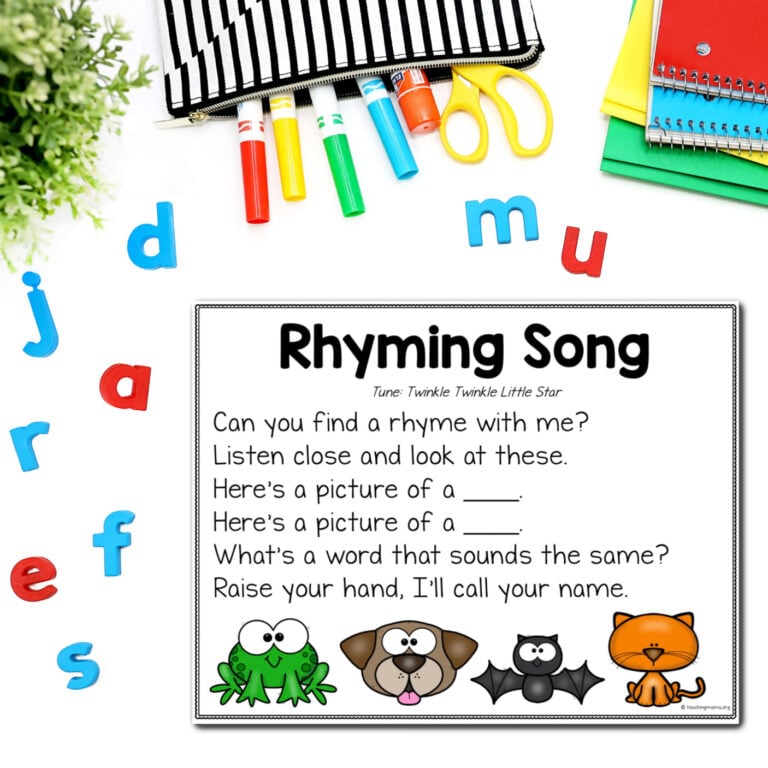
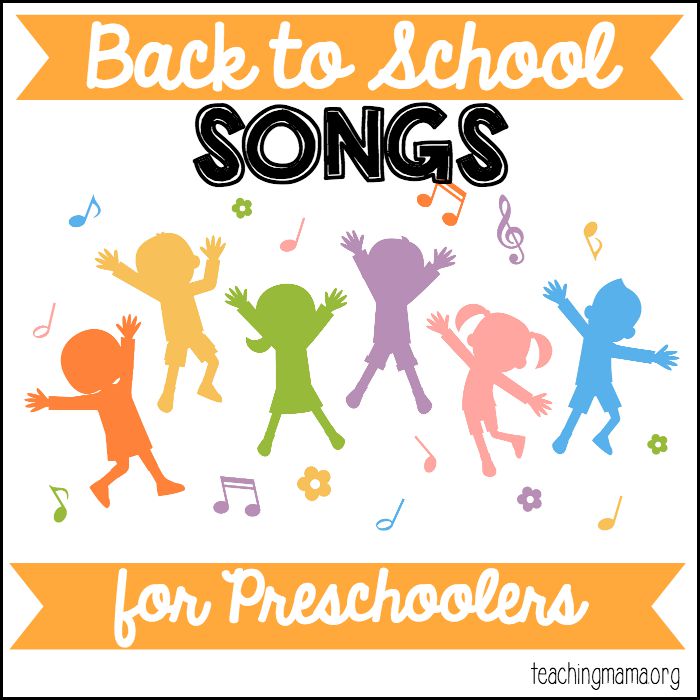
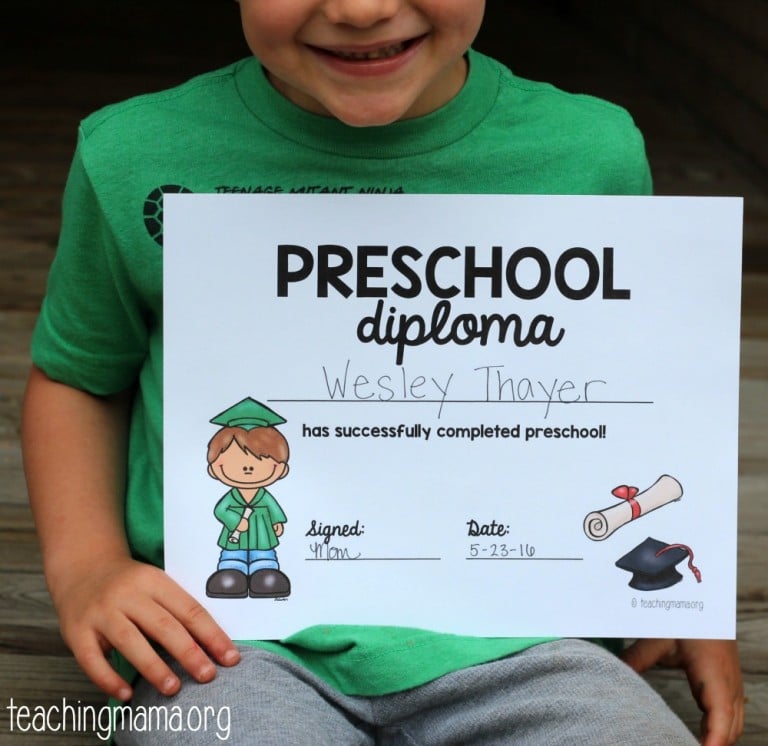


I teach 3 to 4 year olds and have been using letter of the week including the multisensory approach. I also ask my students to record videos whereby they show items in their homes that start with the particular letter. The students and their families really enjoy this. I also play them a fun letter sound video before so that they are exposed to all the letter sounds before focusing on the letter of the week. They also build their names using wooden letters. Some copy them and a few can build them from memory as they learn the different letter sounds from the song. We also go through the letter sounds of the different days of the week and the month. I just try to incoporate letter sounds every chance I get. For kindergarten, which I will be teaching next year, I think starting with “satipin” makes sense to me with regards to learning to read some cvc words. I do love incorporating different elements of what works or is effective. Thank you for sharing.
I am wondering if anyone has bought this curriculum as a public school teacher and what they thought about it? I like the way the scope and sequence is set up and would love to try it but want to know what other people think. I am teaching four year old preschool this year and do not want to do letter of the week. I hope to hear back some great comments.
I have taught a letter a week program for 23 years in my PreK class. The letters that month are reviewed the last week of the month. I also combine lowercase, uppercase, sound, activities daily, tracing, and concentrating on the letters in their name the first week. I think this makes them interested in learning more letters through the school year.
I would consider doing it your way next year and evaluate at the end of the year, I do like the way that you teach them to form letters .
what’s your reasoning in teach upper case letters first then lower case letters? lower case letters are more common then upper case letters in print. What about the argument of teaching letters in such an order to begin spelling and sounding out simiple cvc words? Example teach the letters s, a, t, i, p, n then kids can make word families sat, pat, nat, or pin, sin, tin etc
Great questions! Uppercase letters are easier for children to write. Lowercase letters are more common in print, but they are harder for children to write. I do think your idea to teach letters in a way to make CVC words is interesting. I haven’t done any research into this, so I am not sure if this would be effective or not.
Now…I’m not sure if I do letter of the week on the sense discussed here. It’s more like….letter of the month? We do math activities, sensory, books, sensory writing in many different ways. And for a couple weeks to a month that is the letter we do the most. But we also consistently review, cycle, look at familiar letter pairings and the letters in our names….is this traditional LETW thinking? I’d like someone’s opinion. We also start with the first letters of our names, then the rest of our name letters (easiest to hardest) and THEN the rest of the alphabet. Our list for easiest to hardest is very similar to yours.
This is great advice. I’ve been teaching for over 20 yrs. As a preschool teacher, I used the LOTW method but when I homeschooled, I stopped focusing on just one a week and made letters a part of everyday living. I saw much better results that way.
You also made a great point about projects being cute but time-consuming. Somewhere along the way, I stumbled across the advice that a project shouldn’t take longer to prepare than it does for the child to actually do it. I’ve taken that to heart – lol.
I’m anxious to read the book you suggested. Thanks for sharing.
I love your site! I’ll be visiting again.
Thanks so much for your sweet words. I like the saying about the project shouldn’t take longer to prepare than for the actual activity!
So, basically you do rounds of letters like Handwriting Without Tears and review with lots of hands-on activities. I think even adults would like this curriculum.
Yes! It is like that. Thank you!
Yes! That is right. Thank you!!
Something cool to think about. Thanks!